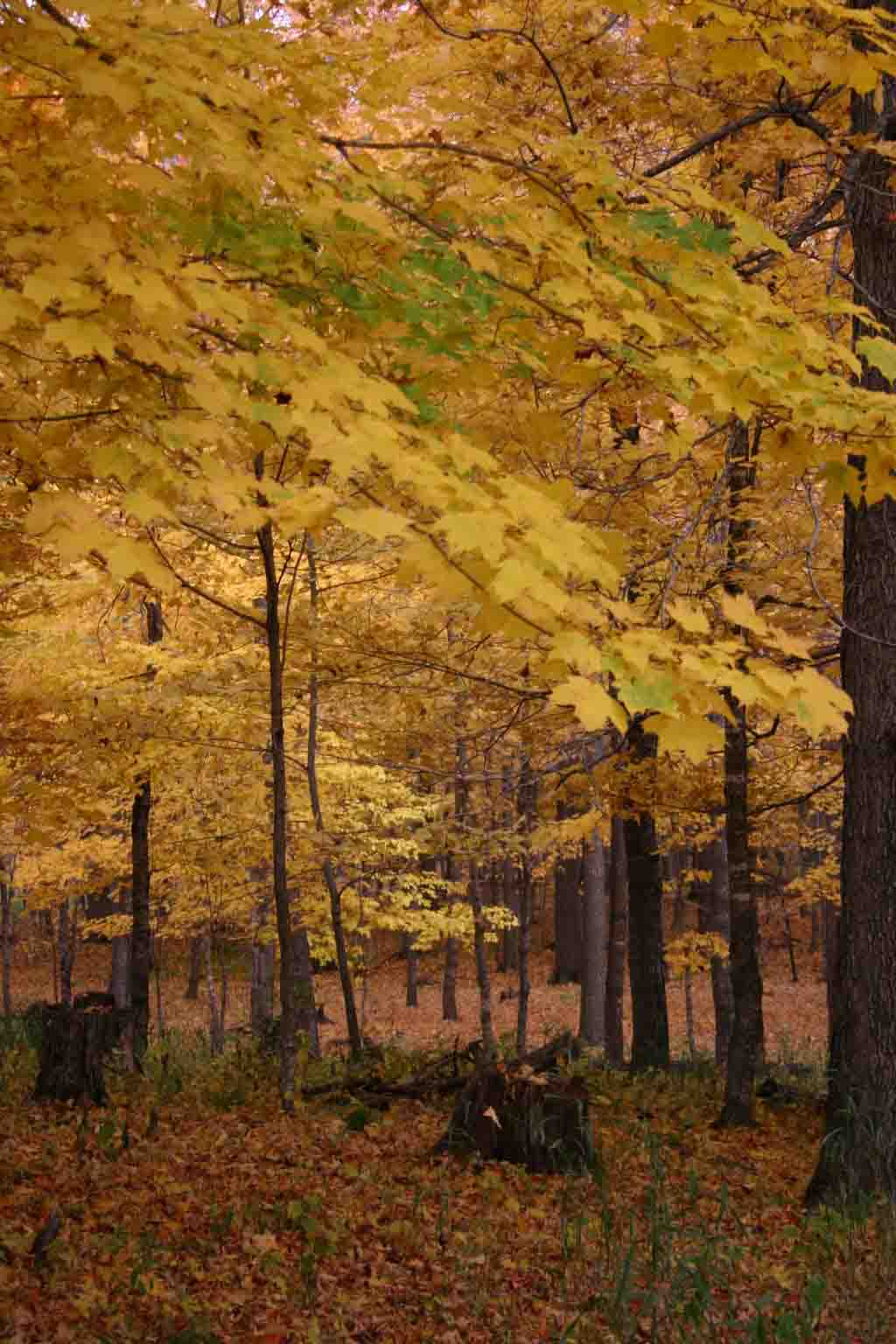|
College of St. Benedict/St. John’s University Biology Department (Collegeville, MN 56321) |
|||||||||||||||||||||||||||||||||||||||||||||||||||||||||
 Saint John's Maple Syrup - website Announcements:
|
Natural History of Maple Syrup Biology 373 (Special Topics in Biology)
Course Description: A springtime ritual throughout the NE United States is the production of maple syrup from the sap of the sugar maple tree. Since 1942, the monks of St. John's and their friends, have produced syrup. This course provides an introduction to the history of the maple syrup making and the methods used to produce syrup, with a special emphasis on St. John's. In addition, we will discuss the biological and chemical principles underlying the production of sap and syrup. Pre-requisites: two courses in biology (i.e., Biol121, 221)
Course Objectives: The primary goal of this course is to provide students with an understanding of the process of making maple syrup. Upon completion of this course the student will be able to: 1. describe the history of maple syrup production 2. identify common trees, including sugar maple, by bark, buds and winter characteristics 3. use a dichotomous key to identify trees in the winter 4. describe the mechanism of sap flow in maple trees and explain how it differs from normal methods of water transport in plants 5. describe the chemistry of maple sap and syrup 6. describe techniques used to produce syrup from the sap of the maple tree 7. explain the specific methods of syrup production at St. John’s
Class Time/Place: This class meets odd days (1-3-5) during C Mod (Mar 10 – Apr 1) from 4:20 – 5:30 PM in PENGL 325. You are expected to participate in "Tapping Day" (Saturday, Mar 14) and one "Festival Day" (Mar 28 or April 4).
Text: Koelling, MR, RB Heiligmann, TD Perkins (2006) North American Maple Syrup Producers Manual. Second edition. Bulletin 856. Produced by Ohio State University Extension in cooperation with the North American Maple Syrup Council. Available at the St. John’s Bookstore.
Course Syllabus/Schedule:
(note: two class periods were left free to compensate for time at the sugar bush)
Evaluation: Grades will be determined on the basis of your performance on:
Grades will be assigned based upon the percentage of total points accumulated according to the following scale: 100 - 90% = A; 89 - 87% = AB; 86 - 80% = B; 79 - 77% = BC; 76 - 70% = C; 69- 67% = CD; 66 - 60% = D; below 59% = F. Attendance is mandatory; one unexcused absence will lower your grade by a letter.
References/Resources: (the public folder for our course contains assorted other articles)
State Maple Syrup Organizations: Other Resources:
Other Maple Courses:
|
||||||||||||||||||||||||||||||||||||||||||||||||||||||||
